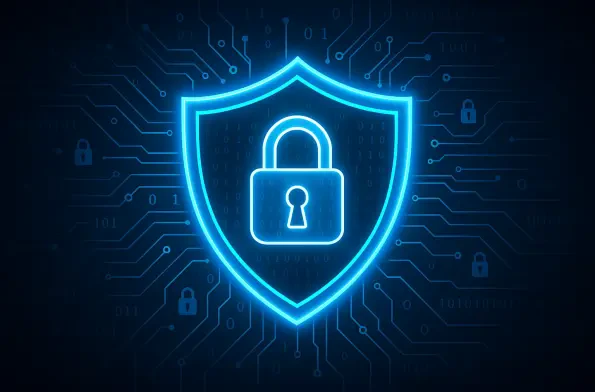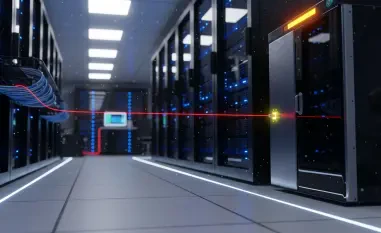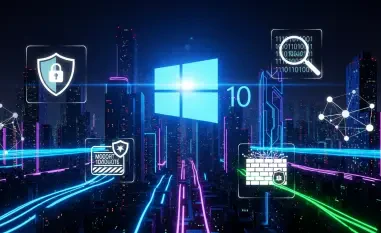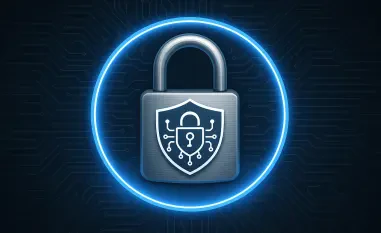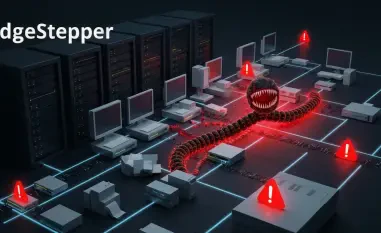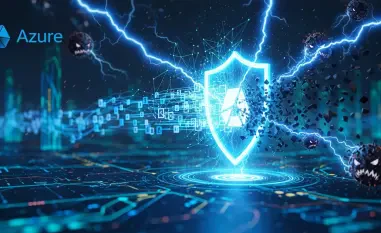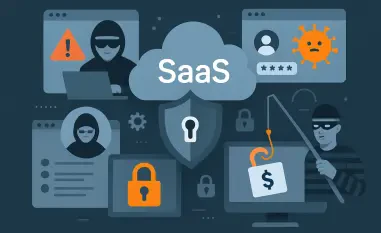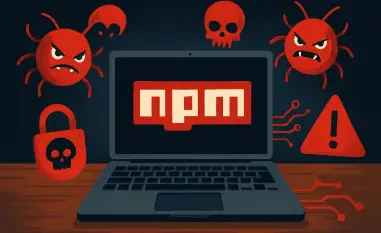The cyber threat landscape is undergoing a profound transformation, marked by a growing convergence between traditional cybercrime and state-sponsored espionage. This development challenges long-held distinctions as malicious actors increasingly blur the lines in pursuit of their objectives. Two campaigns, orchestrated by the hybrid group TA829 and a new entity known as UNK_GreenSec, exemplify this shift. Their activities, highlighted in a report by Proofpoint, underscore the complex and interwoven nature of modern cyber threats. These campaigns reveal a troubling trend: cybercriminal activities are merging with espionage tactics, creating a multifaceted threat landscape that complicates attribution and response efforts. Understanding these complex dynamics is vital for devising effective defense strategies in today’s evolving cybersecurity environment.
TA829’s Dual AgendCybercrime and Espionage
TA829, initially identified as a group focused on cyber extortion, has evolved into a uniquely hybrid actor by incorporating espionage into its operations. Following Russia’s invasion of Ukraine, TA829’s activities expanded to include espionage objectives that align with Russian state interests while maintaining their extortion activities. This evolution represents a strategic blending of criminal and political motivations, highlighting the group’s adaptability and sophistication. TA829 employs advanced tools such as phishing attacks to distribute malware like SingleCamper and DustyHammock, combining cybercriminal methodologies with capabilities typical of high-level espionage operations. This merger of tactics has raised questions about whether TA829’s activities are independent or directed by state entities, reflecting the increasingly blurred lines between isolated criminal pursuits and state-aligned espionage.
Proofpoint’s observations indicate TA829’s interactions with various threat actors and entities such as RomCom, Void Rabisu, Storm-0978, CIGAR, Nebulous Mantis, and Tropical Scorpius, revealing a complex web of relationships within the cyber threat ecosystem. The group’s infrastructure, characterized by sophisticated and regularly updated tools, underscores their ability to navigate and exploit both criminal and espionage arenas effectively. This adaptability not only facilitates their primary financial motivations but also enables operations that might serve national interests, demonstrating a notable shift in the traditional roles played by cybercriminal entities. As such, the activities of TA829 illustrate the growing entanglement of economic and political objectives in cyberspace, posing a significant challenge for cybersecurity professionals tasked with attribution and counteraction.
UNK_GreenSec’s Emergence and Similarities with TA829
The emergence of the UNK_GreenSec cluster further complicates the landscape by highlighting operations that bear striking resemblances to those of TA829. Initially detected in February 2025, UNK_GreenSec’s campaigns utilized familiar themes and tactics, but with notable distinctions. Employing the new TransferLoader malware, these operations were marked by their scope and complexity, targeting a broader array of industries and incorporating job application themes as phishing lures. This strategic choice in theme reflects an understanding of social engineering, which enhances the effectiveness of their campaigns. Analysts have identified these operations as belonging to UNK_GreenSec, providing insights into another layer of the intertwined threat landscape.
TA829 and UNK_GreenSec share several operational similarities that further the narrative of convergence between cybercrime and espionage. Both groups utilize REM Proxy services, likely outsourced for traffic relay to mask operational origins and maintain anonymity. Their use of compromised MikroTik routers demonstrates a technical adeptness that is increasingly common among both cybercriminals and espionage actors. Moreover, their phishing strategies heavily rely on emails featuring plainly formatted text directing recipients to malicious domains, a hallmark of sophisticated phishing operations. The resemblance in their operational methodologies raises questions about potential collaboration or shared infrastructure, pointing to a more intricate and interconnected threat environment than previously understood.
The Enigma of Attribution and Identification
The potential connections between TA829 and UNK_GreenSec introduce significant challenges in attribution and the clear identification of threat actors within this new paradigm. Proofpoint suggests several possibilities for the relationship between the two groups, including shared third-party resource providers or their operation as a single entity experimenting with new malware. These hypotheses underscore the inherent difficulty of definitively attributing cyber activities, especially when dealing with hybrid threats that expertly blend espionage and traditional crime techniques. This ambiguity complicates efforts by security professionals to delineate between the groups, leading to broader questions about the nature of contemporary cybersecurity threats.
The convergence of cybercrime and espionage tactics illustrates the eroded boundaries that once distinguished criminal and state-sponsored activities. As threat actors adopt more fluid and multifaceted approaches, the cyber landscape grows increasingly complex and challenging to navigate. The dissolution of traditional lines between cybercrime and espionage is not only a reflection of evolving methodologies but also a catalyst for accelerated collaboration between traditionally separate domains. This evolution necessitates a reassessment of how cybersecurity frameworks operate, urging the development of more nuanced and dynamic approaches to counter these emerging threats.
Implications for Cybersecurity Strategy
In this increasingly blurred landscape, the melding of cybercrime and espionage presents significant challenges for cybersecurity stakeholders globally. As threat actors continue leveraging diverse tactics and infrastructures, traditional cybersecurity measures may no longer be sufficient. Understanding the motives and methodologies behind these hybrid operations can provide critical insights into devising more effective defensive strategies. Collaboration across borders, industries, and sectors becomes imperative as entities contend with this multifaceted threat landscape that demands adaptive and agile approaches.
The insights gained from the blurred lines between cybercrime and espionage suggest the need for comprehensive threat intelligence and analysis capacities. Companies and governments must enhance coordination and information sharing to develop a collective understanding of evolving threat actors. The complexities brought to light by TA829 and UNK_GreenSec’s operations emphasize the crucial role of interdisciplinary expertise and the development of innovative technologies and methodologies. This multidimensional approach is pivotal for effectively navigating today’s cybersecurity challenges and ensuring resilience against increasingly sophisticated hybrid threats.
Toward a New Paradigm in Cybersecurity
TA829 was initially identified as a cyber extortion group but has evolved into a hybrid threat actor by integrating espionage into its operations. Following Russia’s invasion of Ukraine, TA829 expanded its objectives to include espionage that aligns with Russian state interests while continuing its extortion activities. This shift signifies a strategic blend of criminal and political aims, showcasing the group’s adaptability and high-level sophistication. TA829 uses advanced tactics like phishing attacks to spread malware such as SingleCamper and DustyHammock, combining traditional cybercriminal methods with high-level espionage capabilities. This fusion of strategies raises questions about whether TA829 operates independently or under state direction, blurring the lines between criminal endeavors and state-aligned espionage. Proofpoint’s observations reveal TA829’s interactions with various threat actors like RomCom and Void Rabisu, demonstrating a complex web within the cyber threat ecosystem and illustrating the growing entanglement of economic and political objectives in cyberspace.
